Parts and consumables:
- rags
- Coolant G 12+ (G 012 A8F M1)
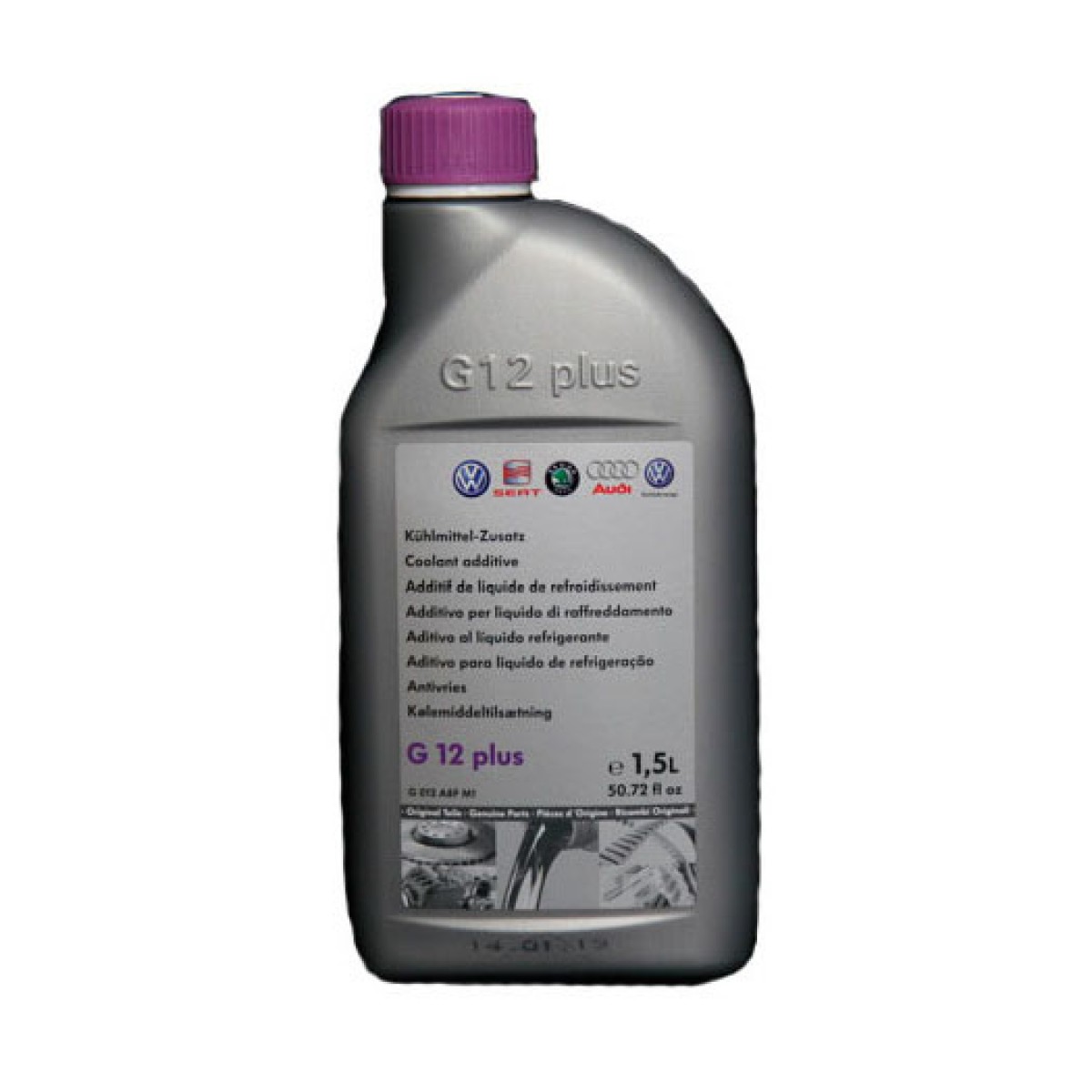
- Distilled water (in some cases)
Notes:
The coolant expansion tank is located in the left rear of the engine compartment.
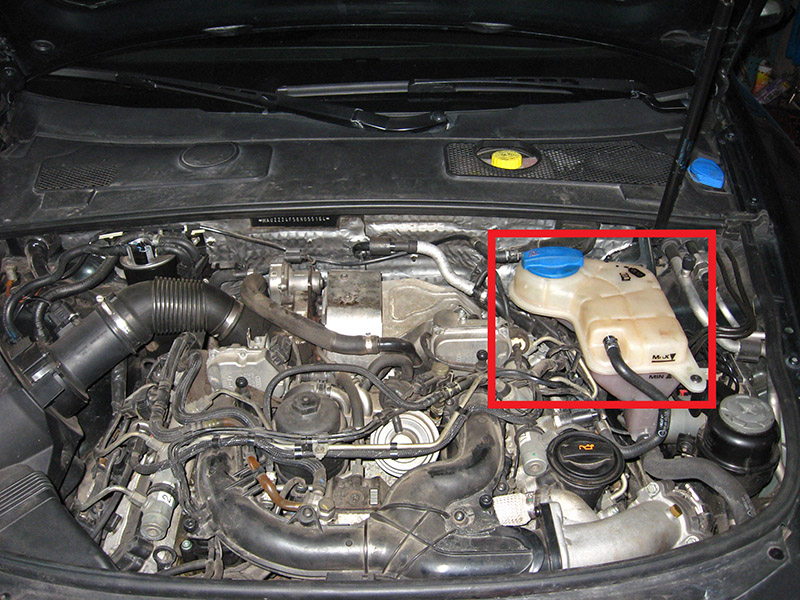
The location of the expansion tank of the coolant (the engine cover does not have to be removed).
The coolant keeps the engine cool. The proportion of the additive in the coolant (antifreeze/water ratio) determines its frost resistance in winter.
At the factory, your vehicle's engine cooling system is charged with a
coolant designed for long-term operation and
does not require replacement. The fluid consists of water and a G12+ additive and is a glycol-based antifreeze with anti-corrosion additives.
The proportions of the coolant depend on the climatic conditions of the vehicle. If there is not enough antifreeze, the coolant may freeze. As a result, failure of the cooling and heating circuit is possible. The proportion of coolant additive is determined at the factory and corresponds to the climatic conditions of the vehicle.
As a rule, the mixture consists of water (60%) and additives (40%). This mixture not only provides the necessary frost resistance down to -25 ° C, but also protects against corrosion, primarily the metal components of the cooling system. In addition, scale deposits are prevented and the boiling point of the liquid is significantly increased.
Warm countries
In warm seasons or in countries with a warm climate, the concentration of the mixture must not be reduced by adding water. The proportion of the additive must be at least 40%.
Cold countries
If, due to climatic conditions, a higher degree of frost resistance is required, the proportion of G12 + additive can be increased. The proportion of the additive 60% provides frost resistance up to about -40 °C. A further increase in the concentration of more than 60% leads to a decrease in frost resistance and a deterioration in the cooling effect. Exported to countries with a cold climate (for example, Sweden, Norway, Finland), cars are already filled with antifreeze at the factory for operation at temperatures up to -35 ° C. The minimum proportion of the additive in these countries should be 50%.
1. Open the hood as described in this article .
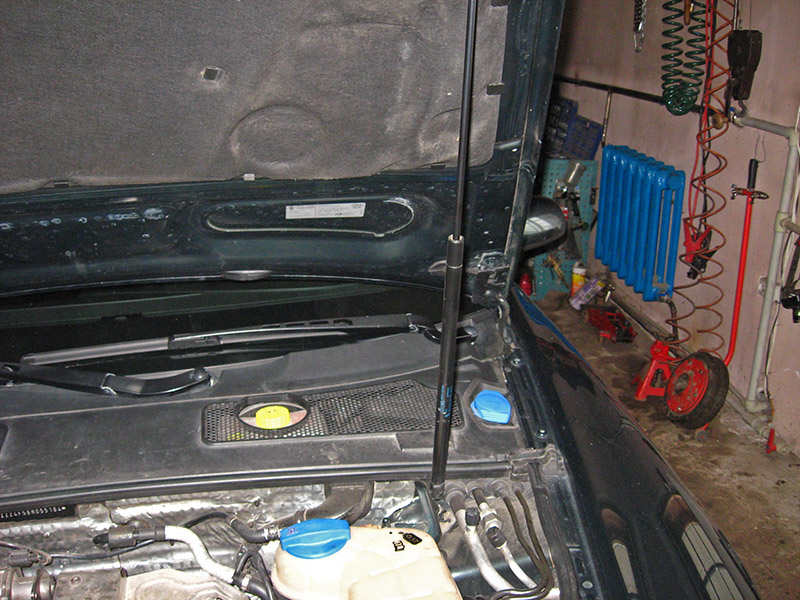
2. Stop the engine and visually determine the coolant level from the marks on the Audi A6 expansion tank.
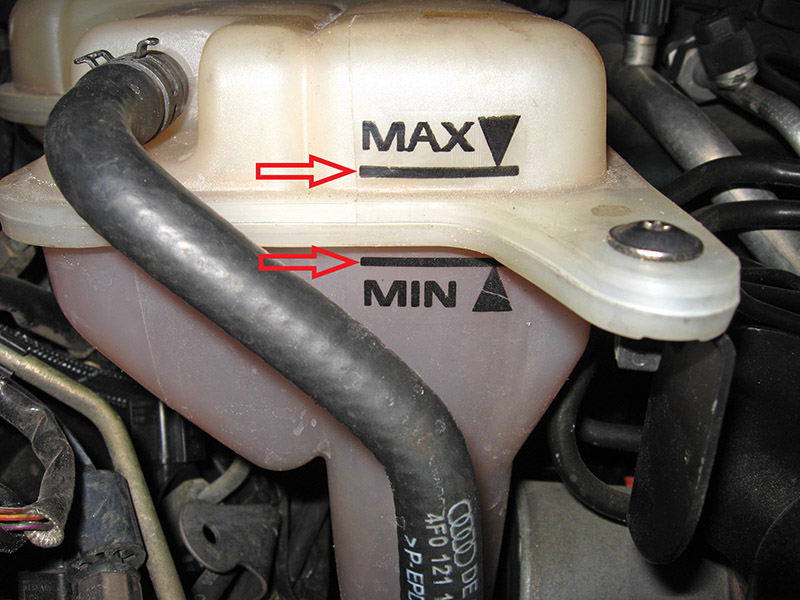
Note:
When the engine is cold, the Audi A6 coolant must be between the " min " and " max " marks. When the engine is warm, the level may slightly exceed the " max " mark.
A drop in the liquid level is signaled by the indicator lamp in the instrument cluster display.
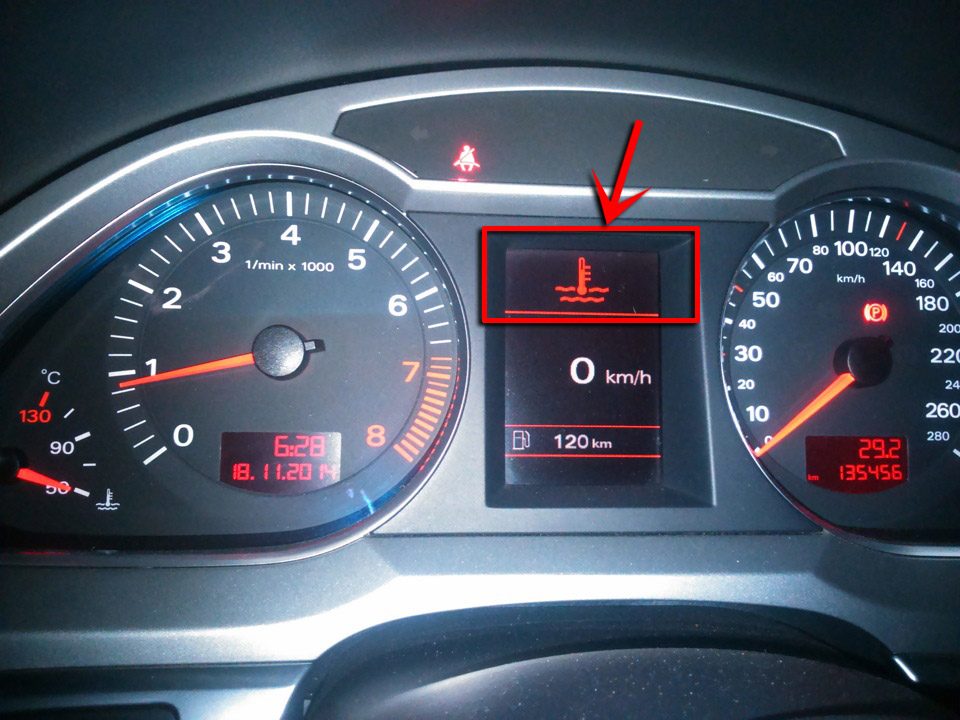
Coolant warning light in instrument cluster.
3. If the liquid needs to be added, then unscrew the cap of the expansion tank counterclockwise.
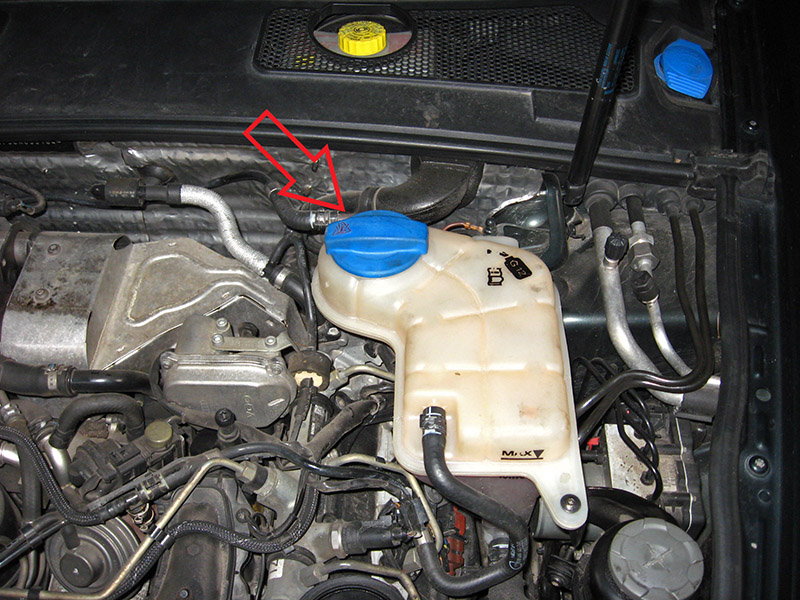
Warning:
The cooling system is under pressure! Do not open the cap of the expansion tank of a hot engine - risk of burns!
4. Add antifreeze (coolant) to the Audi A6 up to the " max " mark.
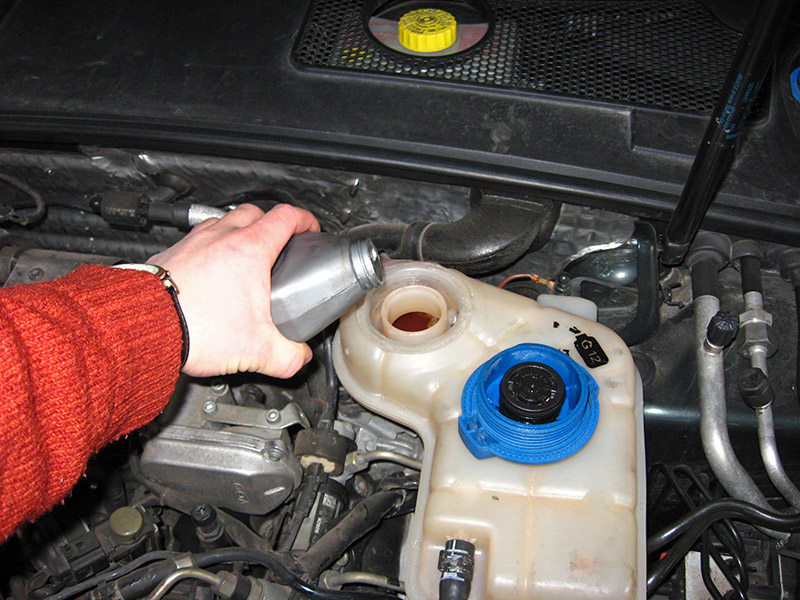
Note:
Excess fluid when it is heated is forced out of the system through the safety valve in the plug of the expansion tank!
5. Tighten the reservoir cap tightly after topping up.
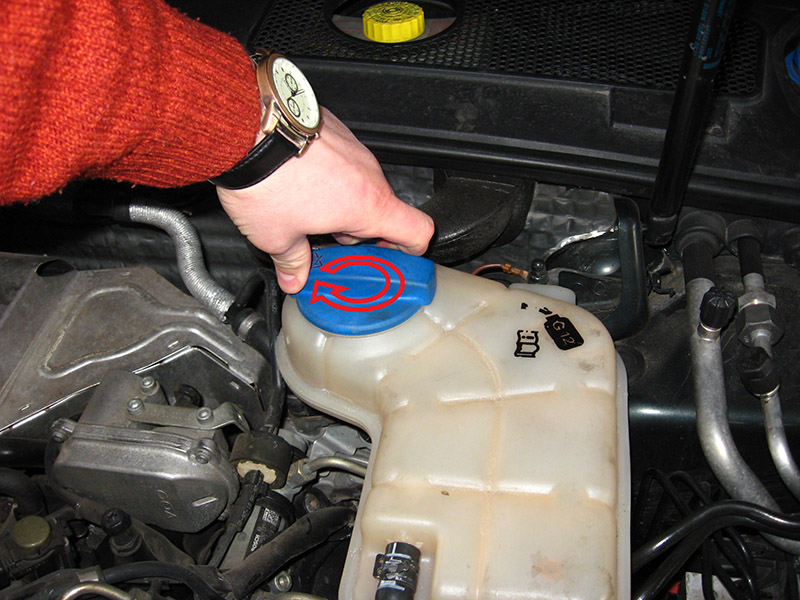
Warning:
In the absence of additive G 12+ in an emergency, no other additives are allowed. In this case, you can add only distilled water and, as soon as possible, restore the standard concentration of the solution by adding the component prescribed according to the instructions.
The article is missing:
- Photo of parts and consumables
Source: http://carpedia.club/
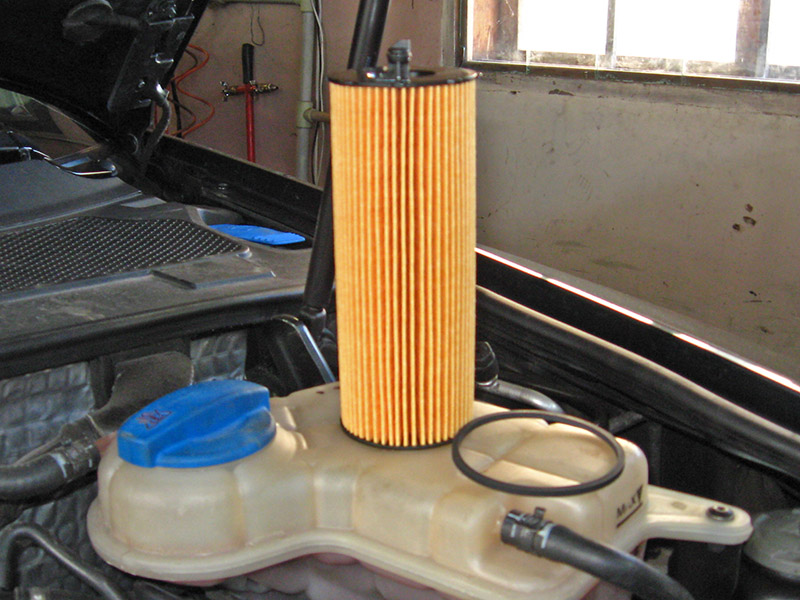
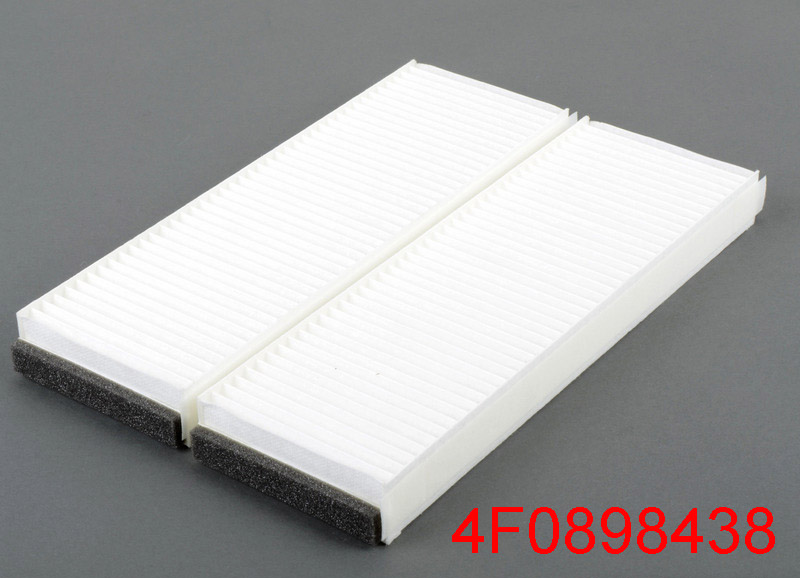
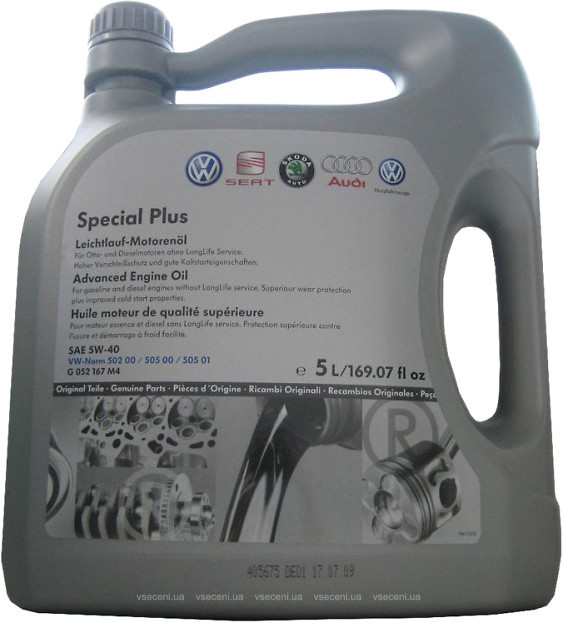
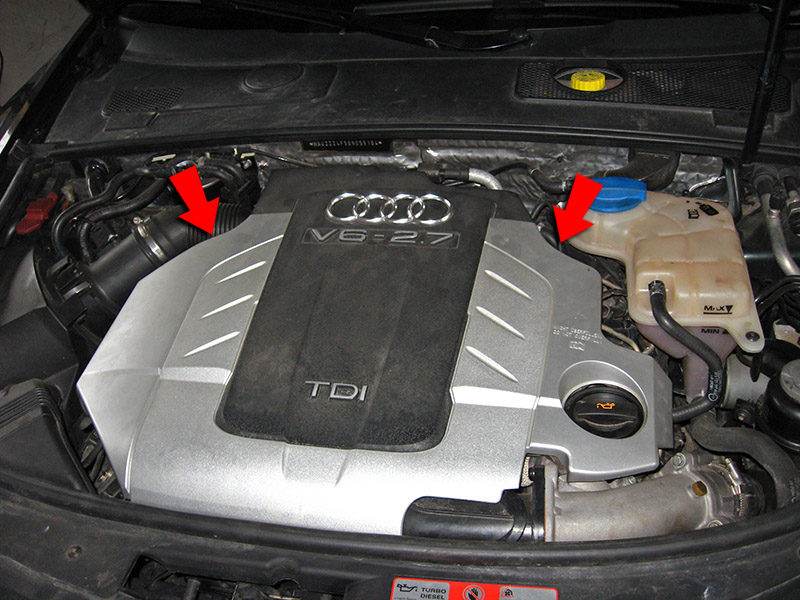
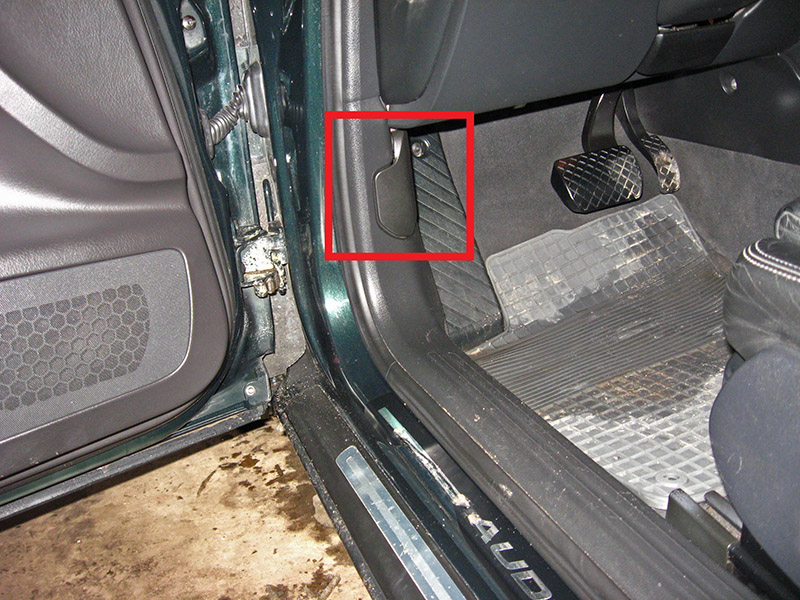
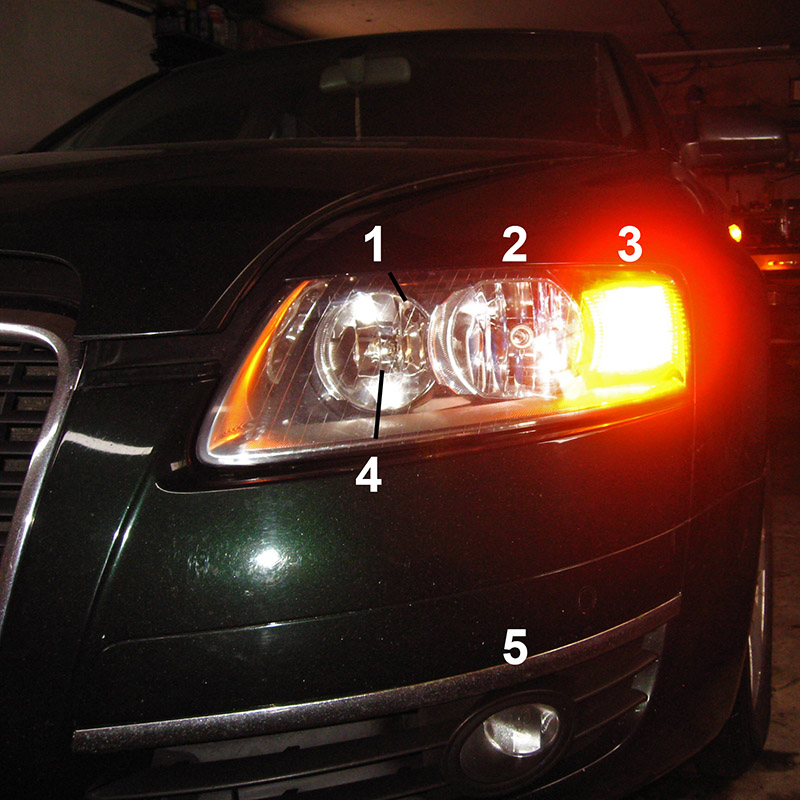
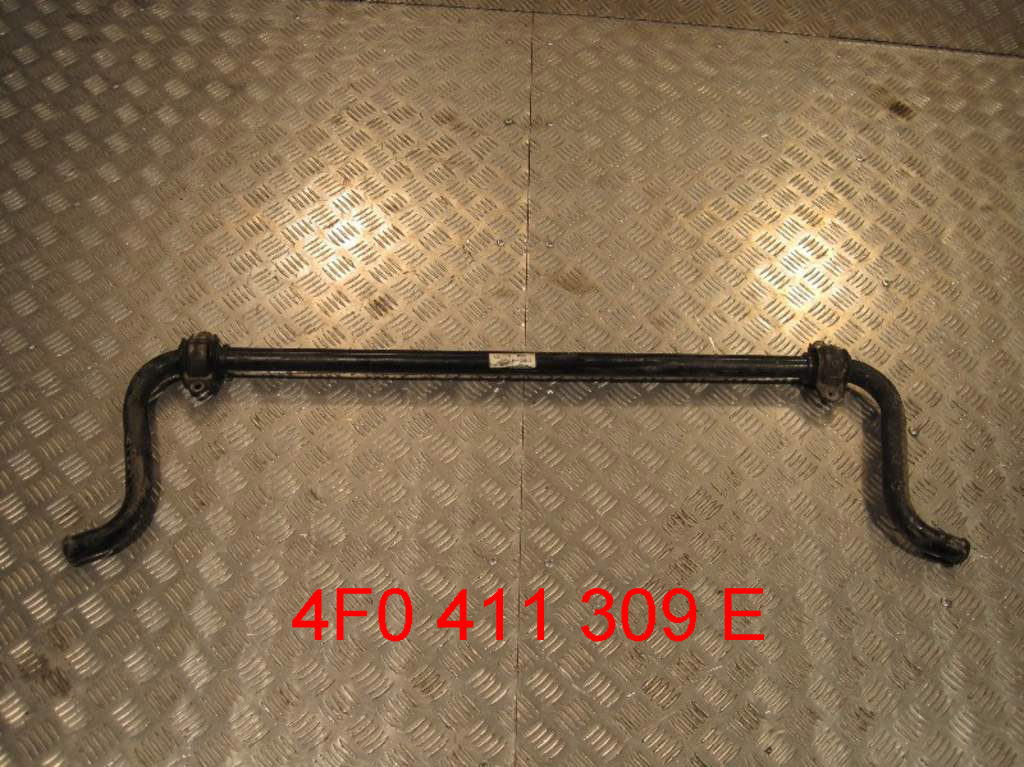
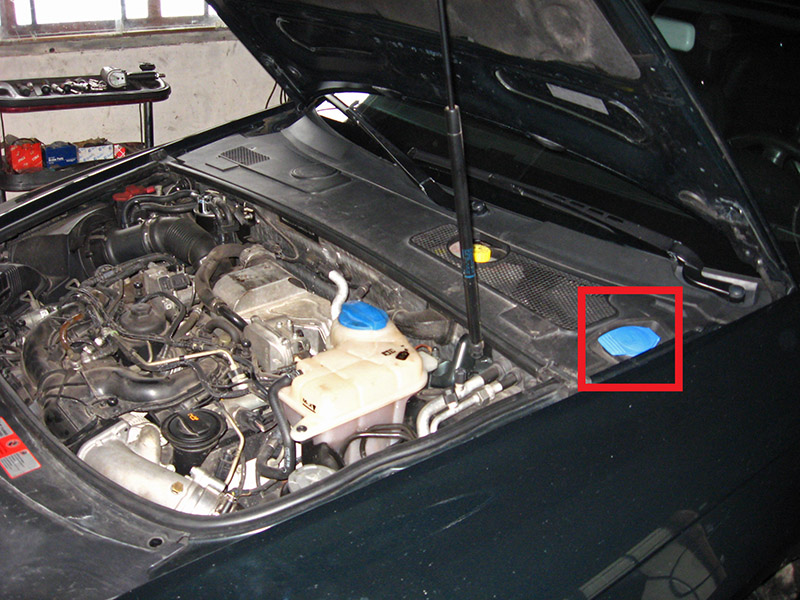
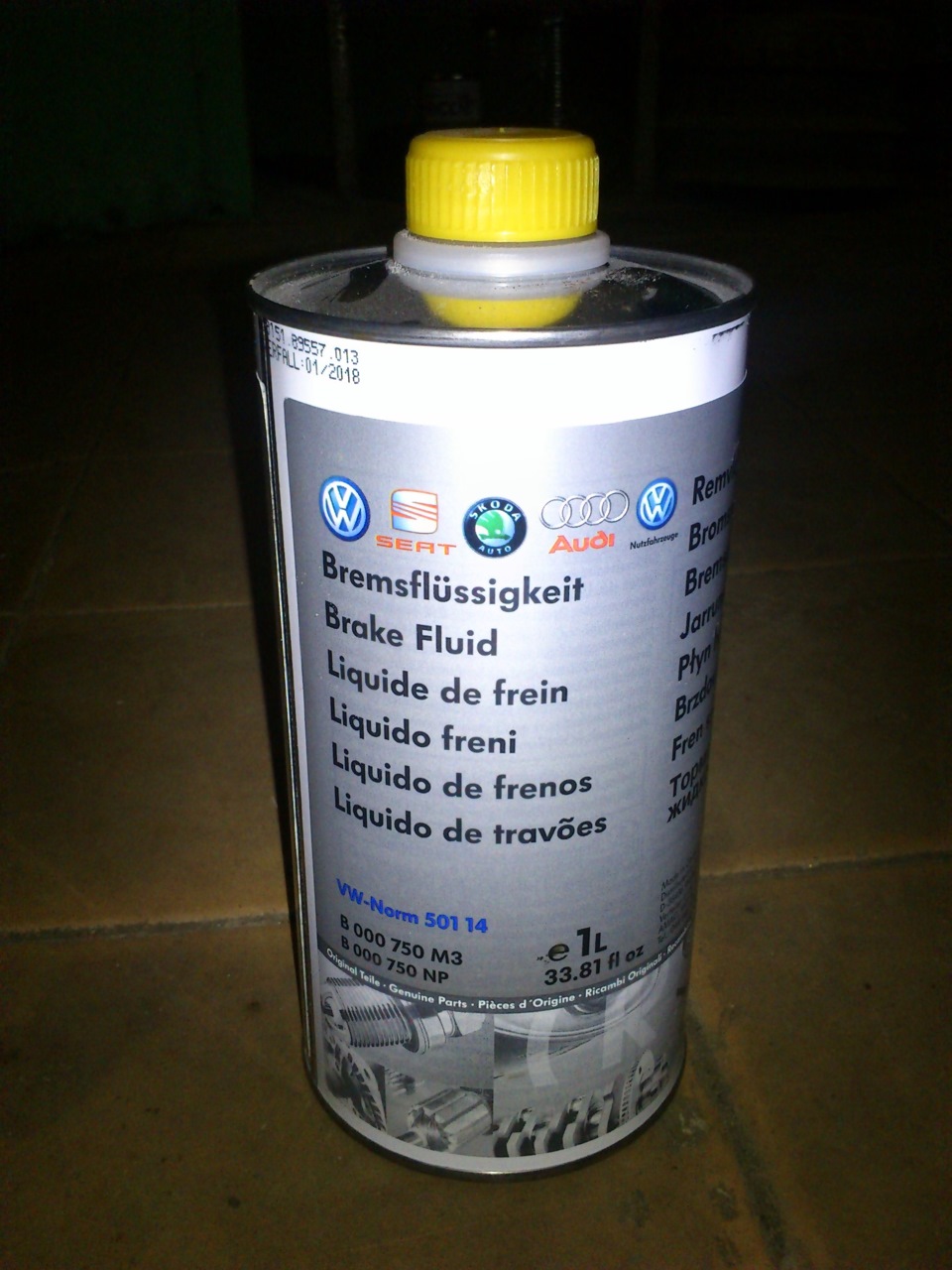
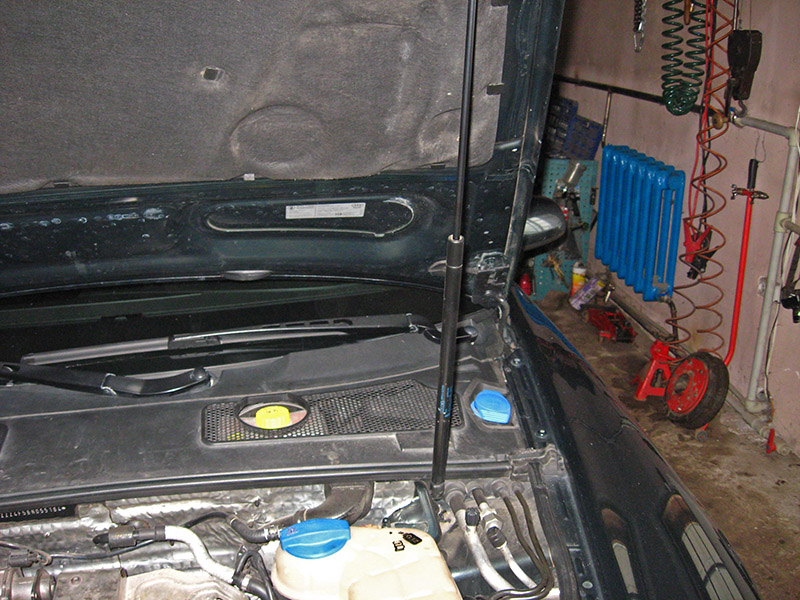
![4B/C5 [restyling] [2001 - 2004]](/uploads/Audi_A6_4B_C5_2001_-_2004_.png)
![4F/C6 [2004 - 2008]](/uploads/Audi_A6_4F_C6_2008_-_2011_.jpg)
![C4 [1994 - 1997]](/uploads/audi_100-a6-c4.jpg)
